Listening is the Key
Educating our dogs pushes many of us to our very limits. Silvia Orlandi, 40, photographer from Milan, explains why she wanted to dig deeper and become a professional dog educator. She had been fascinated by animals ever since she was a kid, dogs intriguing her particularly. Currently dividing her time between photography, dog training and her own three dogs, Zagala, Myra and Medina, is what makes her happy. Part of her passion became a brand, for dogs: stylish accessories, made in Africa
Let’s start with an introduction of everyone.
My name is Silvia, I’m 40 years old, I’m a photographer specialized in furniture design and based mainly in Milan. I have been fascinated by animals all my life, especially by dogs, that’s why I studied to become a dog educator in one of the best Italian schools (SIUA). Furthermore, a few years ago I developed a project that combines my passions and skills: Collaborating with African artisans I created a line of fair-trade accessories for dogs made in Africa called AFRI-CANI.
And your dogs are?
At the moment I’m living with a rescued Podenco named Medina, 11, and two rescue female Galgo named Zagala, 14, and Myra, 7, the latest arrival to the family.
Zagala comes from Spain. She was abandoned at 1 1/2 years because she was unable to hunt, they were about to put her down in a kennel, “useless” as she was. I had only seen a single photo of her that particularly struck me, but saving her became a big challenge. Not only the adoption turned out to be difficult but I also realized that loving her and making her feel good wouldn’t be enough. I needed to understand her, I needed to study. Zagala arrived at my house when she was 2 years old, deeply broken, deprived and abused, with little possibility of improvement and an extreme fear of human beings, especially men. Step by step we have developed a beautiful relationship, based on mutual trust and understanding. Fist of all I had to give up on my expectations and accept who she really was. I had to study her emotions in order to understand her behavior. From there we took off on a journey together, a relationship based on trust, support, friendship and serenity. A journey that never ceases to amaze and excite me.
Medina, too, comes from Spain, kidnapped, because the owner, arrested for having accumulated a large quantity of animals of various species kept in such horrible conditions as to end up on the Spanish news. For the first 3 years of her life she was tied to a chain, among many other dogs, without water, fed only on french fries. I met her in the kennel and I fell madly in love with her, it was love at first sight. It doesn’t seem like she has suffered bodily abuse because she has always trusted me and people, definitely more serene and cheerful but still with what gray cloud that suddenly reappears every now and then.
Even Myra, the latest arrival, is a Galgo rescue from Spain. Unlike Zagala she was exploited for 5 years by 2 different owners as a hunter. Considered old and unusable at some point, she was abandoned in a large private kennel, the largest in Spain (“Scooby Medina”) where after a year of waiting we could adopt her. We are still in a phase of mutual understanding, small steps and daily discoveries, but she is proving to be a tough and very sweet Galghetta, and obviously an extraordinary hunter.
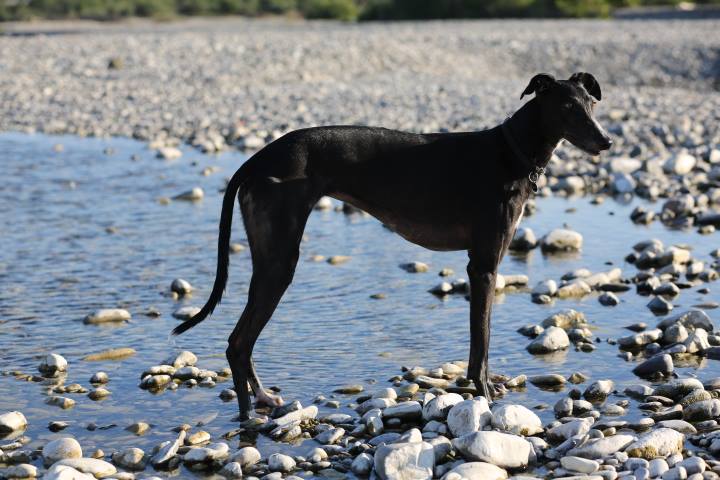
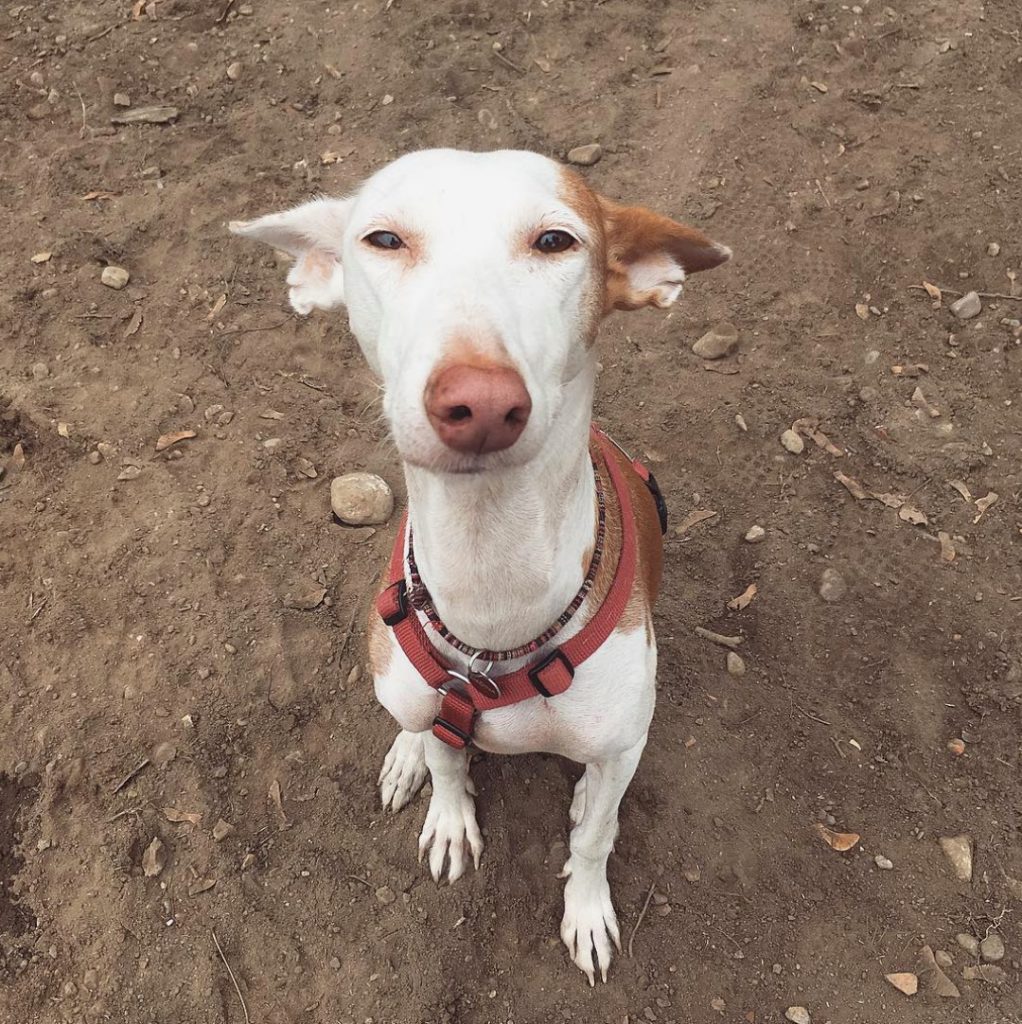

What’s so amazing about your dogs?
Each dog is extraordinary in its uniqueness. In Zagala I appreciate the grit she puts into facing her fears and the love she gives to the people he trusts, despite everything. Medina is a mix of sugar and chilli, as sweet as she can be she is also smart and wild. Myra can be extremely calm, poised and controlled as much as a mad hunter, this duality makes her special.
What kind of relationship do you have with your dogs?
A different one with every single one of them. Never take them for granted! You have to feed the fire every day, get involved, stimulate them and share your life with them as much as possible. Let’s put it this way: Our relationship is based on respect for individual diversity, on listening to each other’s needs, on mutual support and on the carefree way of enjoying life in the here and now.
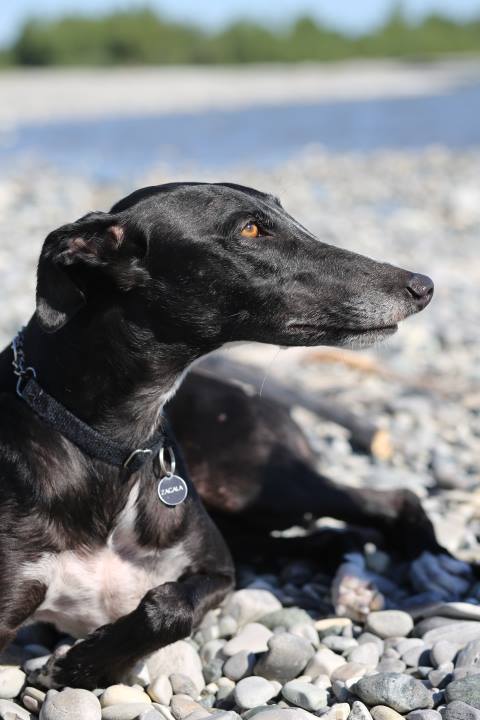
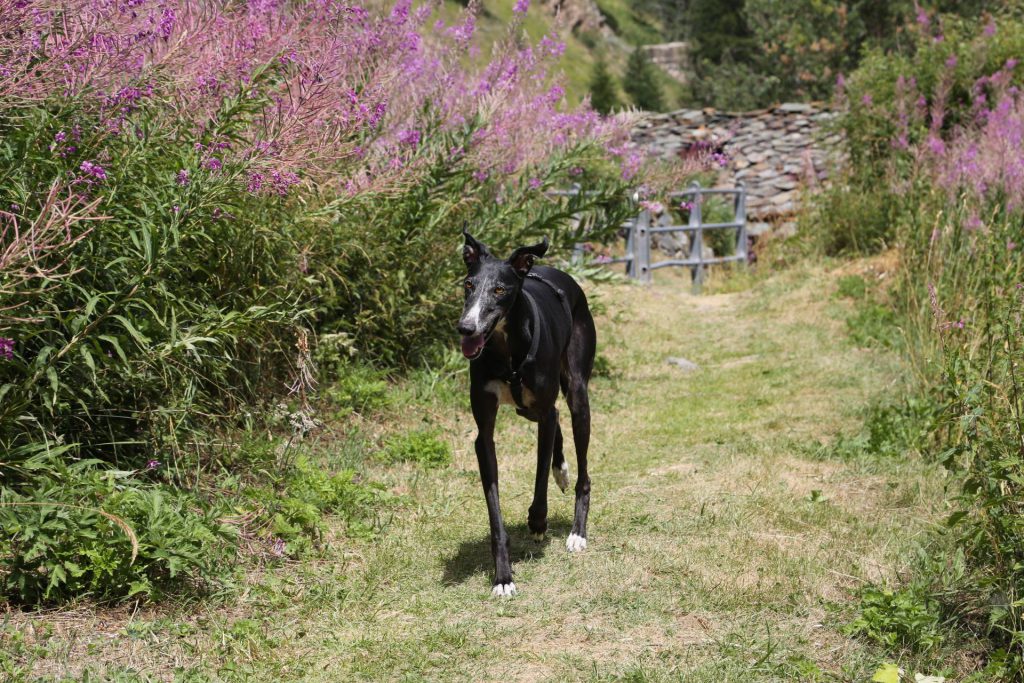

How do you “understand” each other? Do you have a secret code?
As dogs try hard to understand us humans, we too must make an effort to understand them. Yet, we speak two different languages and in a relationship of friendship and love the first thing is to learn how to communicate. I had to study their language and observe them a lot to start understanding them.
What is your role as a dog educator about?
I studied how to support to families, starting from the adoption to the growth of the puppy up to adulthood.
Does it take a certain personality to do it?
Studying and practising is just one part. You need to have a certain empathy, self-confidence, predisposition to listen and also be able to balance your movements and emotions.
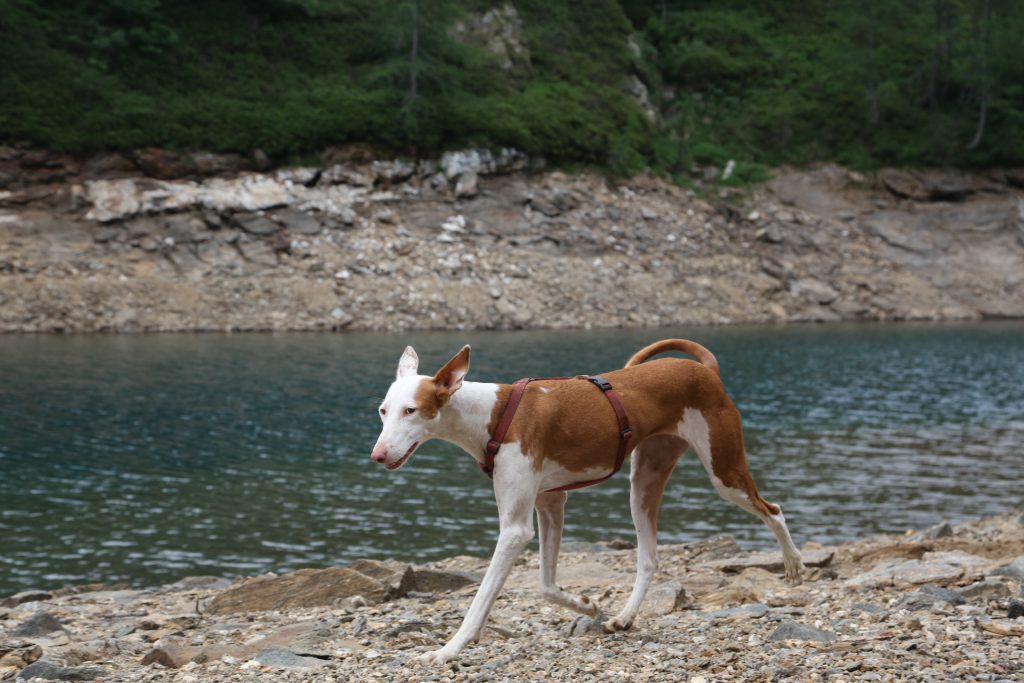

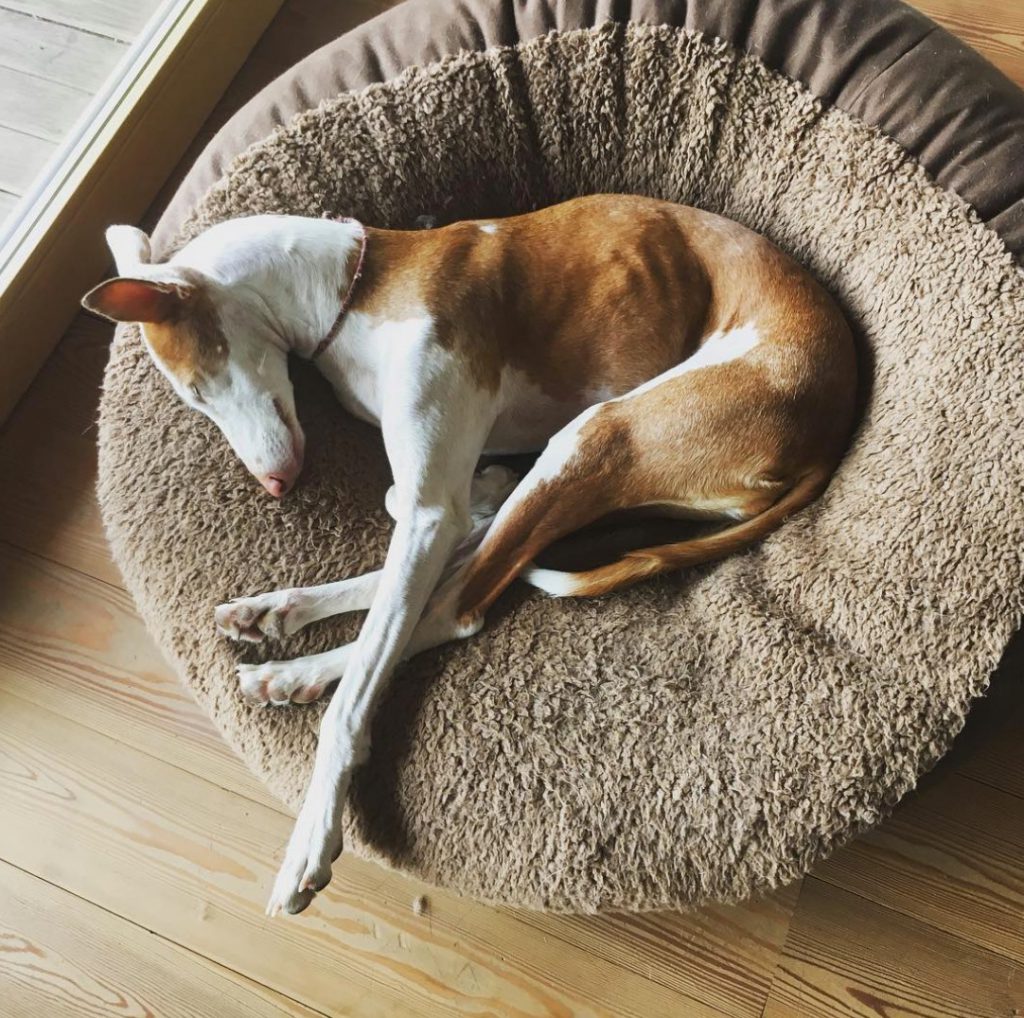
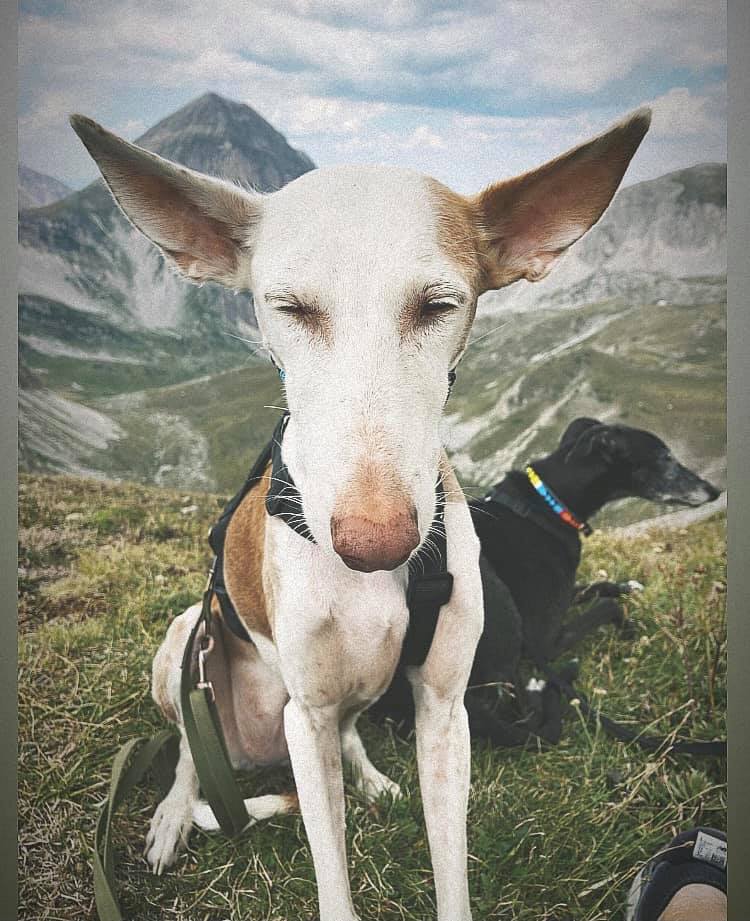
What’s your style as a dog educator?
My studies are based on a cognitive approach, i.e. on the importance of paying attention to the uniqueness of each dog and on the relationship between two or more subjects, not considering the dog only as an object to “fix”.
Where do you work?
Mainly in Milan and its province, but part of the year also in Salento.
What is the biggest difference between dogs and humans?
The most obvious difference is that humans express themselves mostly verbally, whereas dogs mainly use body language, movements, expressions, proxemics. Surely they are more careful and refined in deciphering the world, they try to avoid conflicts as much as possible and have some senses much more developed than ours.
What is it that you look at first when you’re educating a dog?
The owner.
What is it that many humans don’t easily understand about dogs?
That they are not human and have different needs and desires.
How do you establish a healthy relationship with your dog? Are there two, three aspects to consider?
Acceptance of the Different
Observation and Understanding of the Other
Listening
Trust
Support
Sharing
Fun
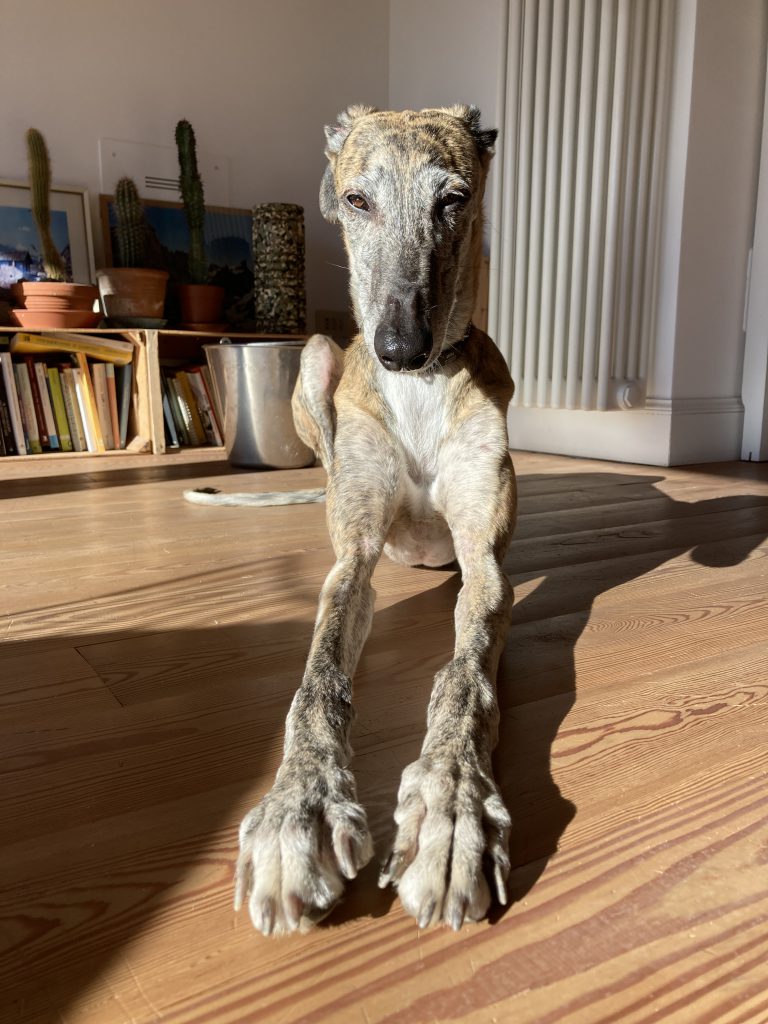
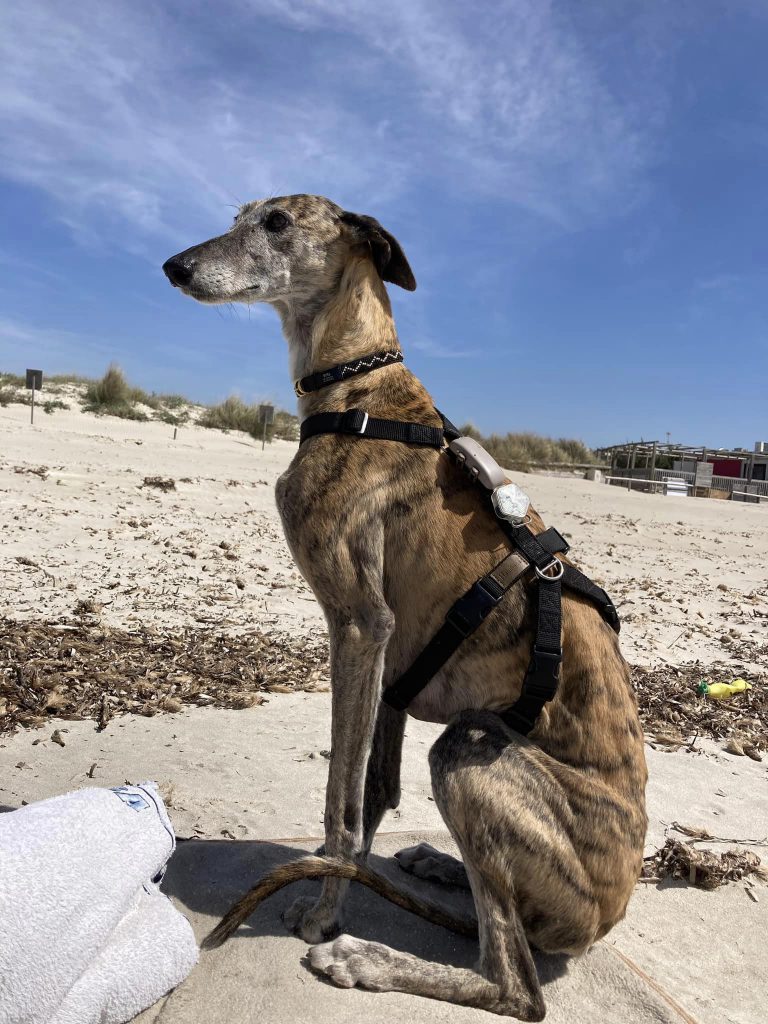

Are certain dogs more suitable for dog training, others less? What is the most difficult breed to train?
Some breeds are more inclined by selection to specific activities, but the most difficult breed to train is the one that is not listened to and understood.
Do you consider yourself some kind of psychologist for humans, too?
Absolutely not. But I confess that through peoples’ dogs I get to know more intimate aspects of people.
Do you have a “trick” that always works, that makes them listen and behave no matter what?
Expecting the dog to always do what we want means considering them incapable of making decisions. Tricks and deceptions ruin trust, the cornerstone of a good relationship. If we like each other and build a bond of esteem and friendship, we gladly come back as soon as our friend calls us.
Where do you leave your dogs when you have to go away for a couple of days?
I leave them to people of extreme preparation and trust, in a home context where they can wait for me, with a little sadness maybe, but surrounded by reference figures.
What are your favourite things to do together?
From sharing one’s simple daily life, to adventures in my Van, to walks in the midst of nature or resting together.
Any advice you would like to give to someone who wants to get a dog but can’t decide?
Inform yourself in a very thorough way about the dog to adopt or the chosen breed. Get help from people with qualifications and skills, whether it’s kennel or breeding. Don’t just follow aesthetics!
PS: Medina and Myra were adopted via “Pet Levrieri”. All the pictures (apart from the cover) were taken by Silvia Orlandi. To contact her write an email silvia@puntino.it or check her homepages www.puntino.it and www.afri-cani.com for further informations.

